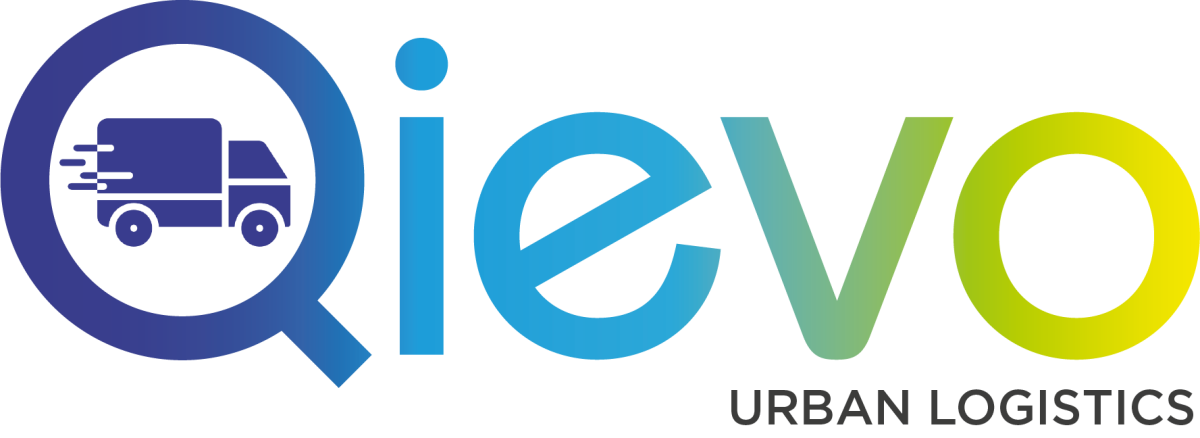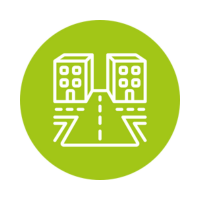

Optimization of the use of the infrastructure for a peaceful logistics
Optimized management of urban logistics is a lever for action that has an impact on all local authorities. The organization of these flows not only affects urban traffic, but also commercial activity, the appeal of tourism and, more generally, the quality of life of local residents.
On the other hand, with the development of e-commerce and the growing demand for faster deliveries in the heart of cities, combined with the increasing scarcity of land, urban logistics is a key political issue.
By putting the management of public space and infrastructure for urban logistics at the heart of its thinking, QIEVO is helping to meet the expectations and challenges shared by all: local authorities, urban logistics players, retailers and citizens.
For further information, discover our projects.

Issues
- Calming down the city center, especially shopping streets
- Limit saturation time slots for delivery areas
- Reduce traffic congestion inherent in logistics flows
- Guarantee deliveries to improve operational efficiency for retailers


The main purposes

 Observation of actual uses and needs
Observation of actual uses and needs

 Joint management of deliveries
Joint management of deliveries

 Reduce time spent looking for a delivery aera
Reduce time spent looking for a delivery aera

 Decongestion of traffic and delivery areas
Decongestion of traffic and delivery areas

 Prioritization of flows in line with decaborization objectives
Prioritization of flows in line with decaborization objectives

The process


A solution that meets the expectations of all stakeholders
For local authorities / developers
- Rediscover an attractive, calmer city center, by regulating and coordinating delivery flows.
- Reduce the nuisance caused by deliveries: less disruptive parking and less congestion due to delivery flows.
- Manage public space (delivery areas or parking spaces) according to the evolution and knowledge of measured uses.
- Secure the use of spaces linked to soft and shared mobility
- Coordinate and smooth out deliveries of goods throughout the day and/or week, in line with the community's requirements and in collaboration with retailers.
For retailers
- An attractive downtown
- Reliable delivery times
- Receive deliveries at times best suited to their activity
For local residents
- Fewer rush-hour flows thanks to smoother delivery slots, thus relieving congestion in public spaces.
- Contribution to calming the neighborhood
- Calming of active and shared mobility, regularly impacted by awkward and risky parking by delivery vehicles.
For delivery drivers
- Ease the delivery action: loading and unloading done in a dedicated space and not double-parked with no parking allowed.
- Increased availability of dedicated delivery spaces at specific times.
- Facilitating delivery of the last 200 meters

